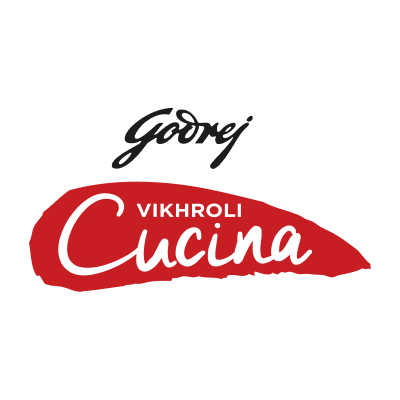
Authentic bengali delights with home chef Joyadrita Raghavendran
Chennai-based home chef Joyadrita Raghavendran developed a strong interest in food at a very young age. She comes from a Bengali joint family where conversations always would begin and end with food. In a way, specialising in Bengali cuisine is a tribute to her grandmother who inspired her to experiment in her kitchen. “There have been numerous cooking disasters. But over time I honed my skills because I love the art of cooking,” she says.

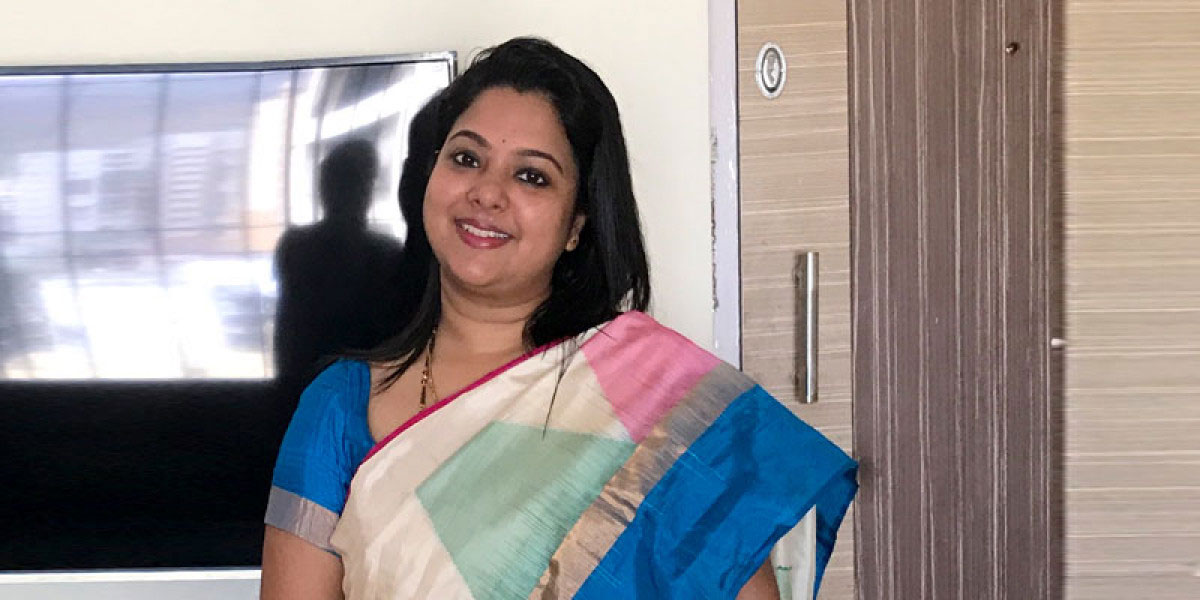
For Home Chef Matters, she cooked two quintessential Bengali delicacies — shukto (bitter gourd stew) and koraishutir dhokar dalna (pea cakes dunked in gravy). Shukto is creamy milky gravy prepared with a variety of vegetables like potatoes, sweet potatoes, raw banana, drumsticks, brinjals, raw papaya and bitter gourd. “The dish is tempered with whole methi, a paste of ginger and mustard. I have seen my grandmother garnishing the dish with a sprinkling of panchforon (five spices), whole red chillies, mustard and ghee,” she explains.
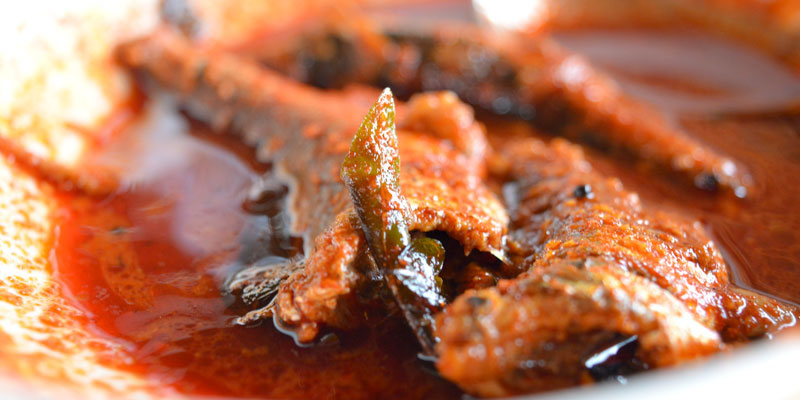
Maach, Mishti and More
The traditional Bengali thali is elaborate starting with shukto (bitter gourd gravy) and ending in a sweet dish. Fish, the staple in Bengali households is the star attraction. But Bengali cuisine, as Raghavendran says, is not just about Macher jhol (fish curry). Fish delicacies cooked in her house include bhapa ilish (steamed hilsa), shorshe mach (fish cooked in mustard paste), rui macher kalia (rohu fish curry) and doi mach (fish cooked in yoghurt) to name a few. “While the ilish, koi, pabda and tangra are clearly staples of Bangals, chingri, rui and pomfret are loved by the ghotis,” she adds.
No Bengali meal is complete without tasting the sweets, which goes beyond the humble rosogollas. She admits, “Though I rarely make sweets at home, my personal favourite is the bhater payesh (rice kheer). For a Bengali, a bowl of payesh is a must-have item on the plate for festive occasions.”
Bengal Food Divide
A true ghoti at heart cannot do without a pinch of sugar in most of their dishes to balance the spicy and salty taste adds Raghavendran. Her culinary style has been influenced by food traditions of both East and West Bengal. “Since my father’s side hails from erstwhile East Bengal (>bangals), their cuisine is fiery with loads of green chillies. My mother is from West Bengal (ghoti) and introduced her signature dishes which are mild and sweet,” she explains. It is interesting to note that both these cultures have played significant roles in shaping the food habits of the people of this region.
The love for Hilsa fish in the monsoon months is as popular as Bengal’s love for art and literature. Raghavendran adds, “Ilish mach bhaja and khichuri on a rainy day is a killer combo.” Another particularly fond fish delicacy is chingri macher batichochori (shrimp curry), a recipe her mother loved to cook. “The dish requires minimal effort and cooked on low heat in a bati (bowl). The vegetables, which are cut in long strips, are cooked with shrimps seasoned with mustard or poppy seeds,” she explains.
Bengalis also devour a lot of vegetables and the everyday vegetarian fares include echorer dalna (raw jackfruit curry), aromatic mochar ghonto (banana flower curry), and aloo posto (potatoes in poppy seed paste) with kolaier dal (urad dal). One of Joyadrita’s signature dishes is the tender kochi panthar jhol (mutton curry), a Bengali meat dish cooked only on Sundays, in a pressure cooker with potatoes.
Which is your favourite Bengali food? Share your comments with readers.
0 Comment
You may also like
-

People Chef Vanika Choudhary: Cooking with memory, land and time
by Vikhroli Cucina
-
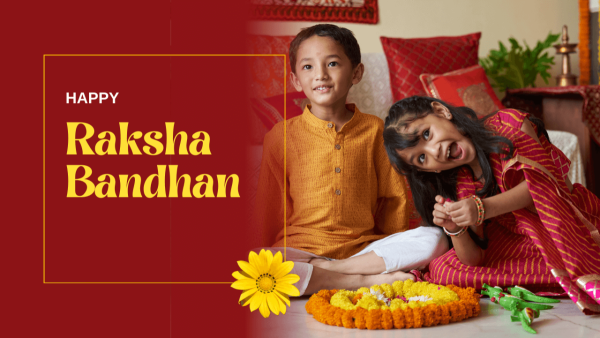
People Celebrate Raksha Bandhan at Home: Send Rakhi Online with Love!
by Tannu Singh
-
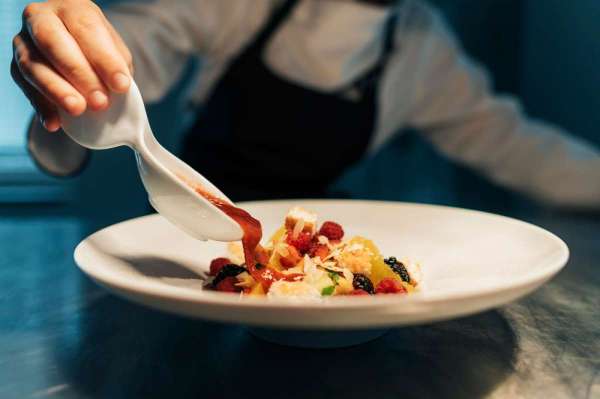
People Meet the Women Putting India on the Artisanal Food Map
by Vikhroli Cucina
-
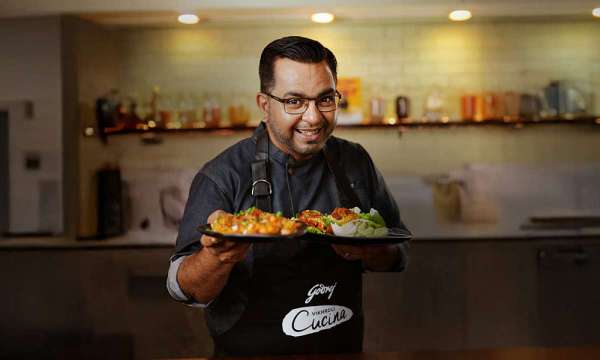
People Chef Ajay Chopra: Taking India’s flavours to the world, one dish at a time!
by Vikhroli Cucina
